

1.The truth about gemstones that subverts cognition
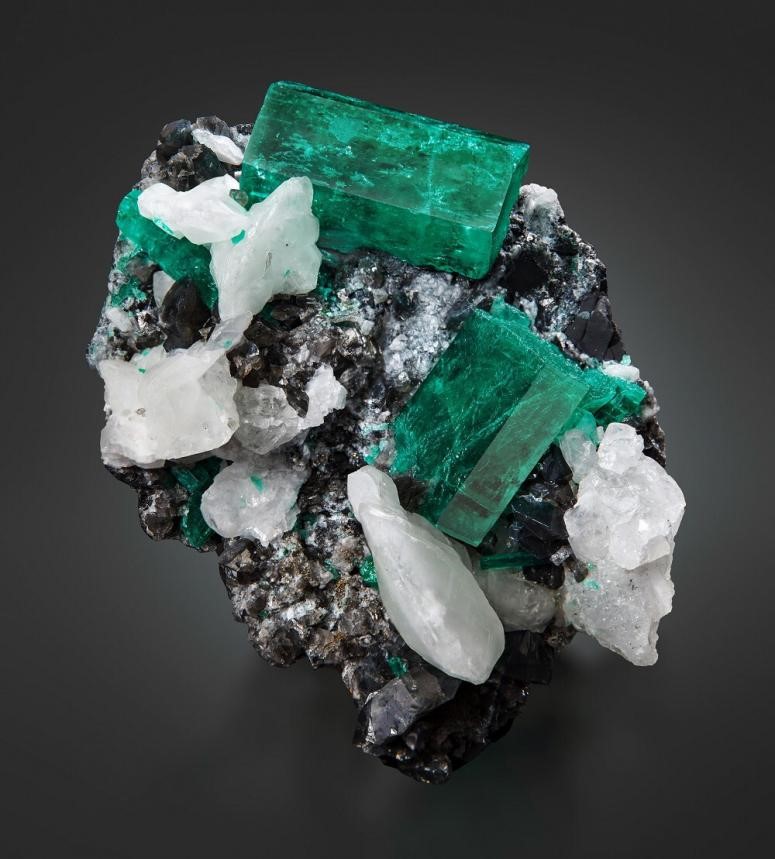
The price per gram of top-grade emerald is ≈ 3 times that of diamond, while aquamarine is only 1/100 of emerald ! The difference in value is very obvious, but did you know that emerald, aquamarine , morganite, and other gemstones with a hundred times difference in value are actually brothers and sisters born from the same ore?
2.Beryl Family: A Colorful Miracle from the Earth
There are many members in the beryl family, from aquamarine to emerald, all of which are essentially beryllium aluminum silicate minerals with the basic chemical formula of Be₃Al₂Si 6 O 18 . Only due to the difference in trace elements, they have completely different colors and values .
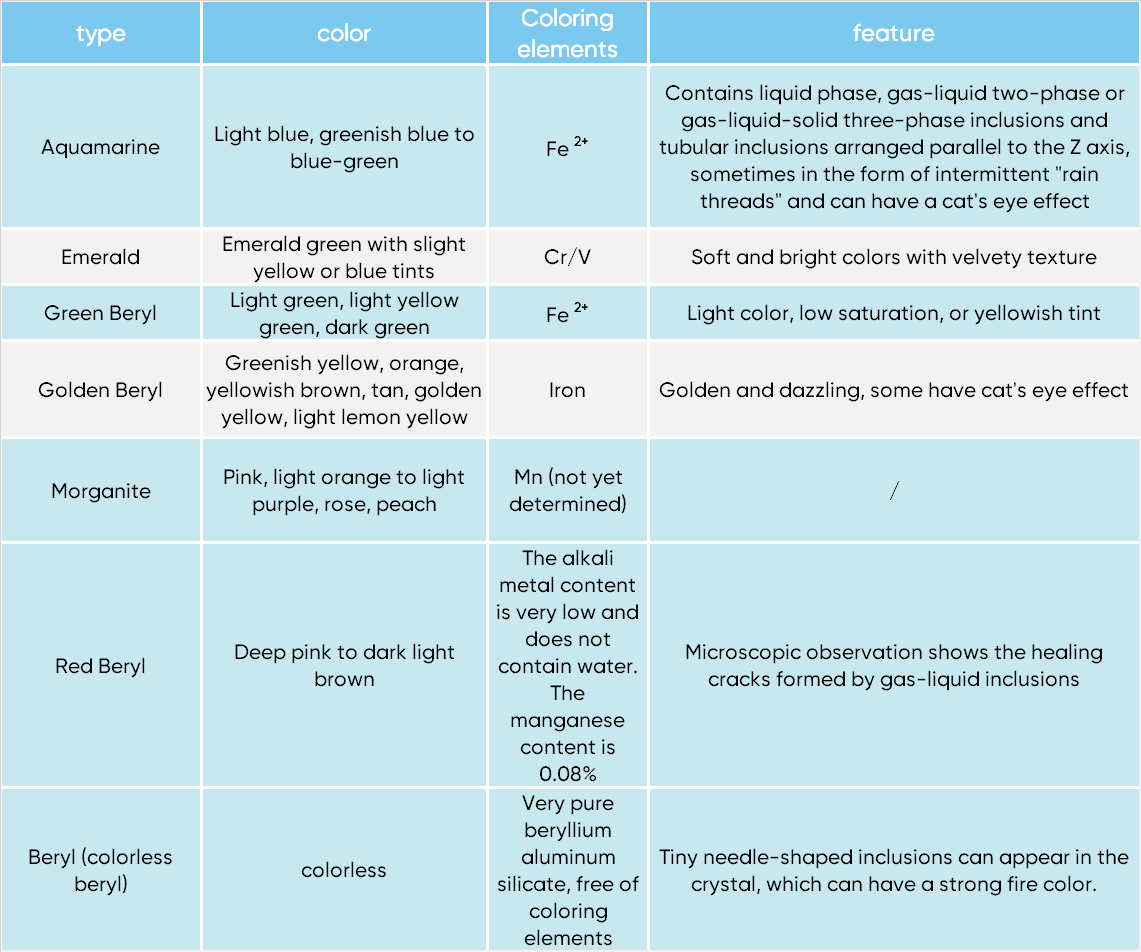
3. Geological wonders: the scientific romance behind symbiotic minerals
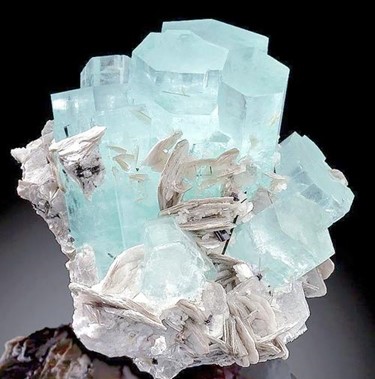
Beryl is mainly produced in granite pegmatite, greisen and high-temperature hydrothermal veins. In unreplaced pegmatite, beryl contains almost no alkali and often coexists with quartz, potassium feldspar, microcline and muscovite.
Beryl, formed by late sodium metasomatism, contains alkali in its composition, up to 7.23%, and often coexists with minerals such as albite, spodumene, quartz, and muscovite.
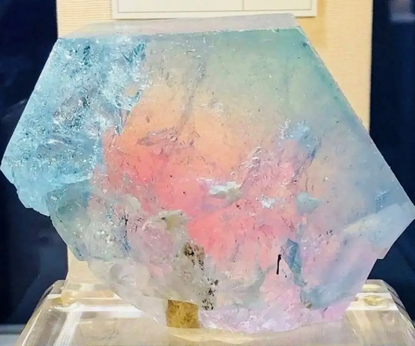
This aquamarine and morganite mineral specimen from Minas Gerais, Brazil , looks like a pink summer beach and everyone can't help but marvel at it.
The main chemical components of morganite and aquamarine are both beryllium aluminum silicate . The reasons for their formation are similar. When the crystals crystallize, if iron and trace element manganese enter successively, it will lead to the formation of symbiotic crystals of morganite and aquamarine.
4. Treasure Appraisal Secrets: Easily Identify the True Identity of “Brothers”
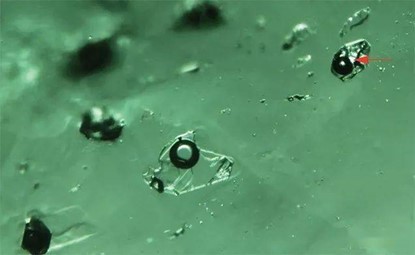
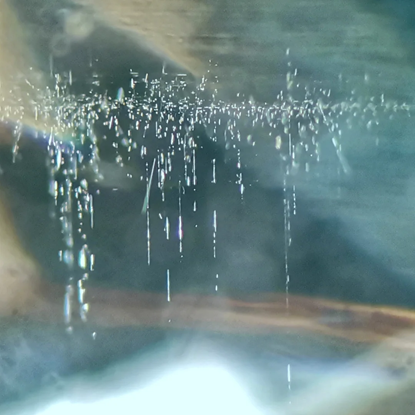
Color Trap:
▸ Emerald:
Because it contains chromium , it appears emerald green, with a slight yellow or blue tint. The color is soft, bright , elegant, and rich, as green as the depths of a forest .
▸ Aquamarine : Clear as the shallow sea of Maldives
Colored by Fe2 + , it presents a clear blue color like the shallow sea of the Maldives, which is why it is named aquamarine.
Contents Code:
▸ Emerald: “Garden Effect” Three-Phase Inclusion
The interior of an emerald is like a “mini garden”. Its three-phase inclusions – gas, liquid and solid – are like green elves, shuttling through the gem and forming a beautiful picture .
Under magnified observation, the inclusions in emerald appear as a colored spot-like structure, like oil droplets, which is vividly called the "oil drop effect" or "butterfly effect."
▸ Aquamarine : Parallel rain-like tubes
Aquamarine often contains liquid, gas-liquid or gas-liquid-solid three-phase inclusions and tubular inclusions arranged parallel to the Z -axis, which sometimes appear as intermittent "rainthreads" and may have a cat's eye effect .
In addition , black dendritic ilmenite inclusions and lamellar inclusions that shimmer in the light can also be seen.
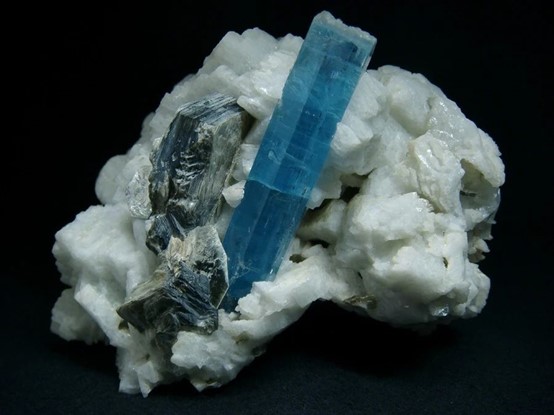
Nature never creates repeated miracles, just as each member of the beryl family is a unique love letter to the earth.
"If you pick up a symbiotic ore, would you cut it into three types of gemstones or keep it as it is?" Leave your answer in the comment section!